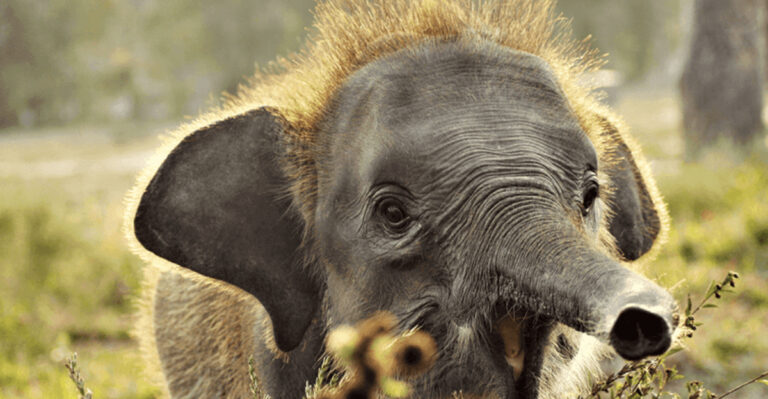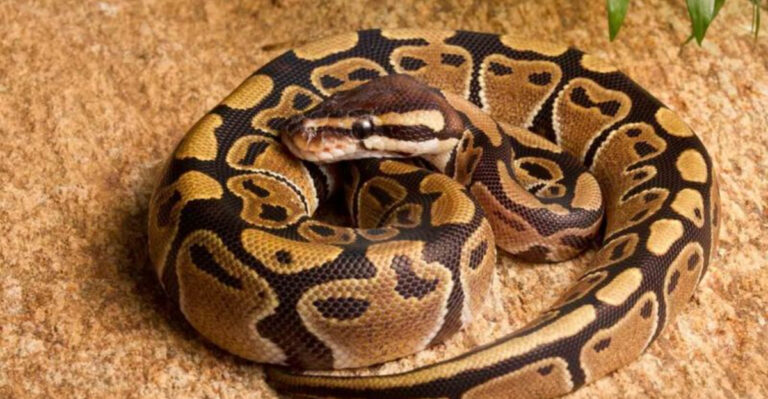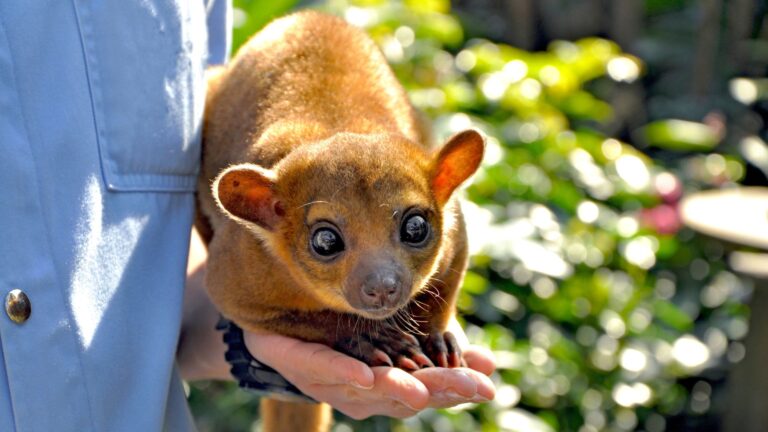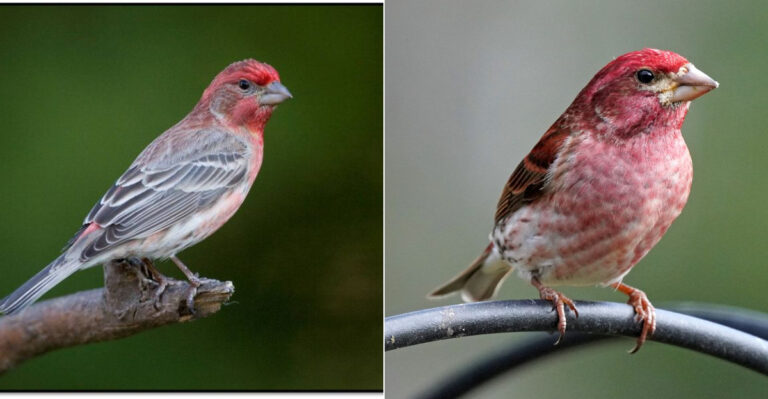12 Reasons Why Birds Love To Chew On Things
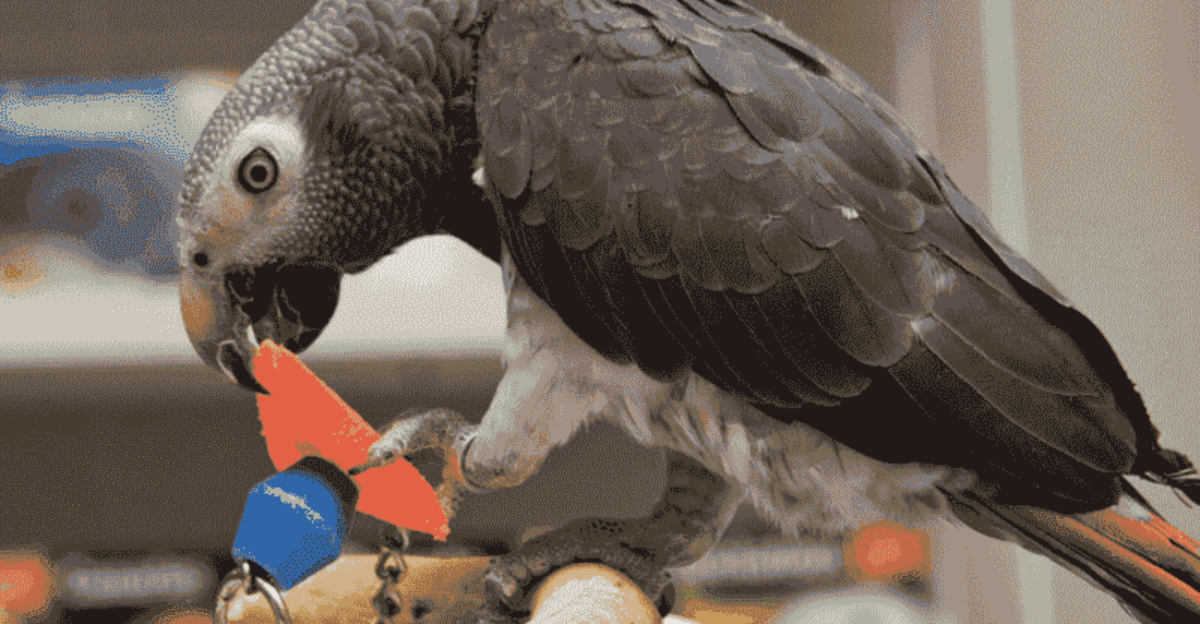
Did you know that birds are natural-born chewers?
While it might seem like they’re just making a mess or trying to be funny, there’s actually a method to their madness. Birds chew on things for a variety of reasons, ranging from natural instincts to health benefits.
1. Beak Maintenance
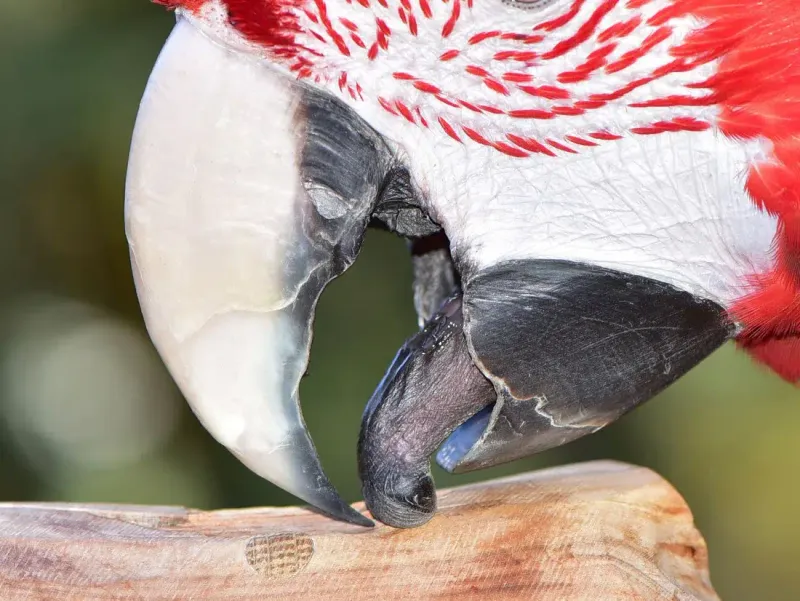
A bird’s beak is its most vital tool. Chewing helps keep the beak trimmed and prevents overgrowth, which can lead to discomfort. By regularly gnawing on safe objects, birds ensure their beaks remain functional and healthy.
It’s like a natural manicure! Chew toys and cuttlebones are popular choices for this purpose. Who knew that playtime could double as a grooming session?
2. Boredom Buster
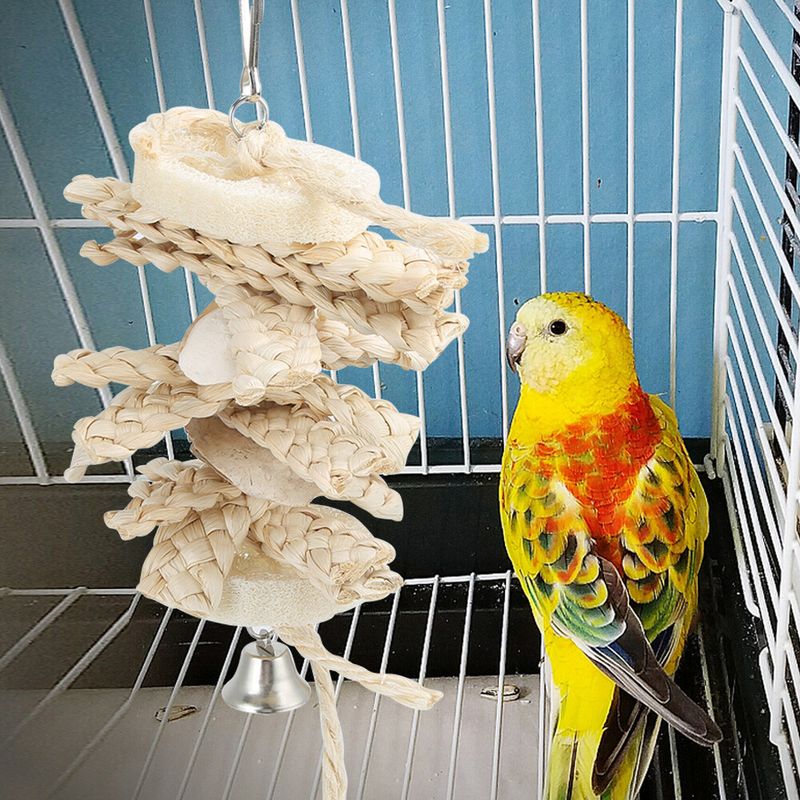
Just like us, birds can get bored. Chewing provides them with essential mental stimulation and prevents them from feeling trapped in their environment.
Offering a variety of toys and materials can keep them engaged and mentally active. This simple solution can transform a dull day into an exciting adventure. A happy bird is a busy bird!
3. Nutrient Seeking
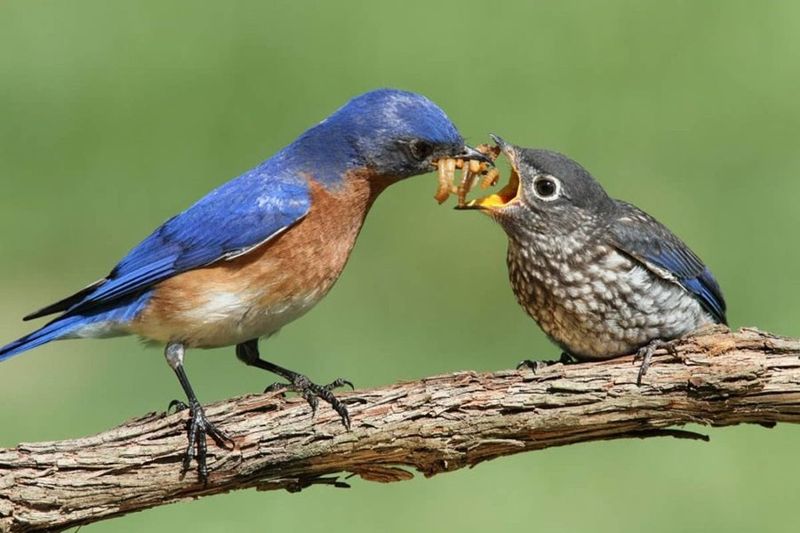
Birds often chew to explore and find nutrients. In the wild, they might gnaw on fruits or seeds to get to the nutritious parts.
Providing a variety of safe materials to chew on ensures they get the necessary nutrients in their diet. It’s fascinating how this behavior is both instinctual and beneficial! Chewing isn’t just fun; it’s a dietary exploration.
4. Instinctive Behavior

Birds have a built-in instinct to chew, which traces back to their wild ancestors. This habit helps them explore their surroundings and keep their beaks in top shape.
By gnawing on twigs or bark, they mimic their natural behavior and maintain a sense of normalcy. Isn’t it amazing how ingrained these habits are? A bird’s need to chew is as fundamental as its need to fly.
5. Social Interaction
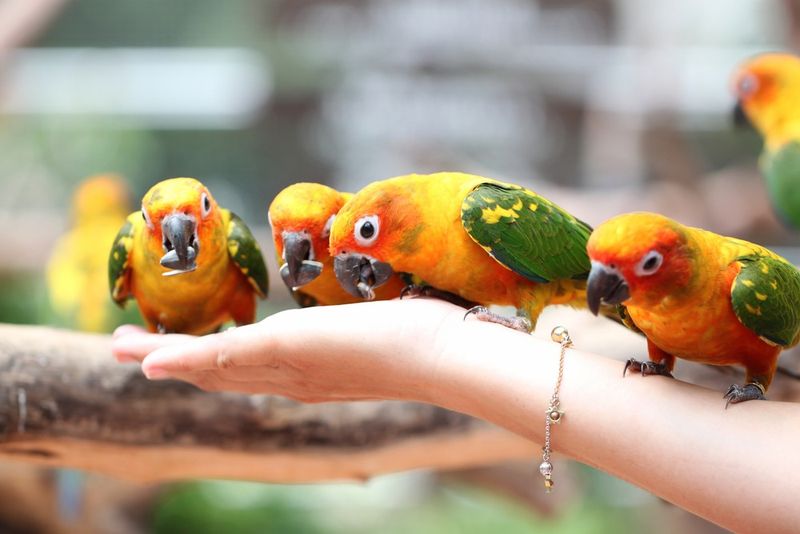
Chewing can be a social activity for birds. In the wild, they often engage in communal chewing, which strengthens bonds within the flock.
This behavior can be mirrored with pet birds by providing shared chewing toys. It’s a fantastic way for them to interact and enjoy each other’s company. A chew session can be just as social as a chat among friends.
6. Stress Relief
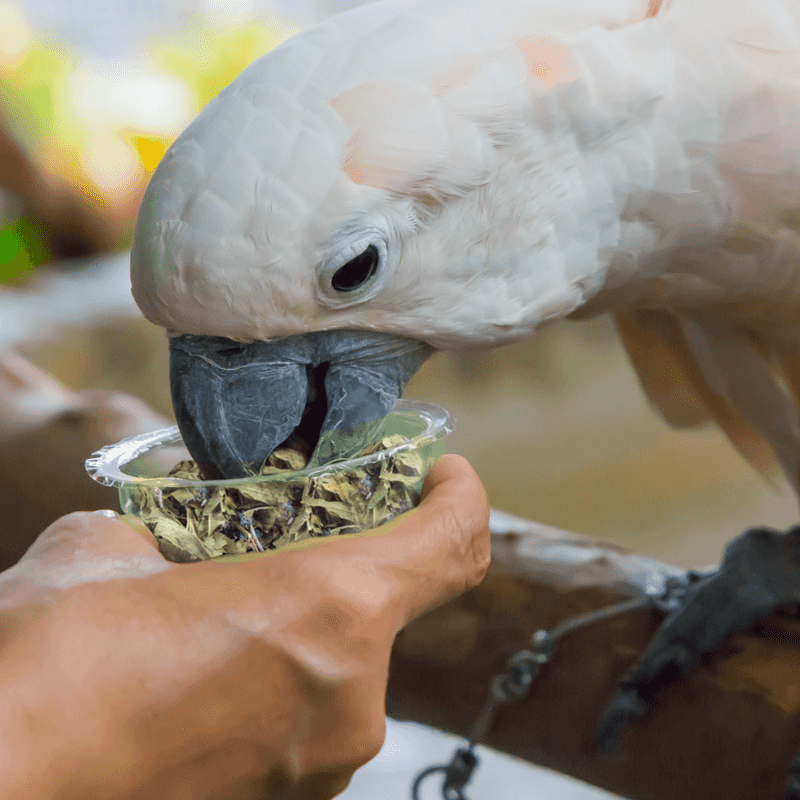
Birds chew as a means of relieving stress and anxiety. The repetitive action can be calming, much like humans find comfort in certain habits.
Providing calming chew toys or scented materials can help alleviate their worries. It’s heartwarming to see how something so simple can bring such peace. Who knew that a little chew could do so much good?
7. Territorial Marking
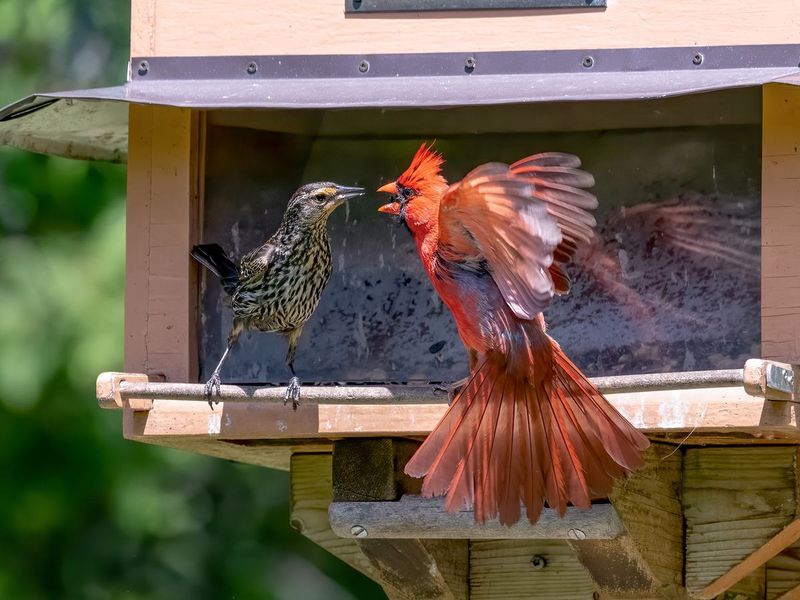
Chewing can serve as a way for birds to mark their territory. By chewing on specific objects, they leave their mark and claim ownership. It’s their way of saying, “This is mine!”
Understanding this can help bird owners provide appropriate items for them to chew on without damaging household items. Birds are more territorial than you might think!
8. Energy Channeling

Birds are bundles of energy. Chewing is one way they channel this exuberance constructively. Instead of resorting to undesirable behaviors, chewing provides an outlet for their vitality.
This activity keeps them entertained and out of trouble. Providing energy-intensive chewing toys can make all the difference. Who knew that a little gnaw could keep them in good spirits?
9. Curiosity And Exploration
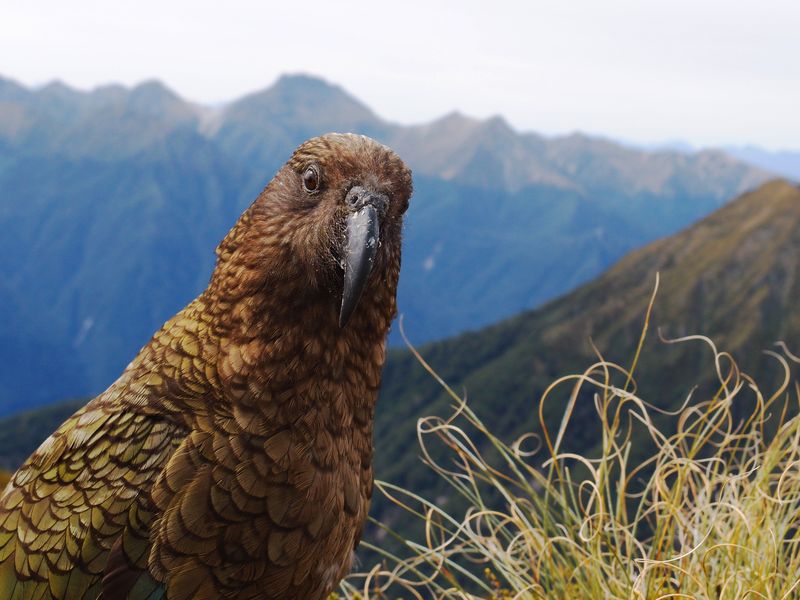
Birds are naturally curious creatures. Chewing allows them to explore new textures and tastes, satisfying their inquisitive nature.
By chewing, they learn more about their environment and engage their senses. Providing diverse materials can fuel their curiosity and enrich their lives. Chewing is their way of asking questions and finding answers.
10. Mating Rituals

Chewing plays a role in some birds’ mating rituals. It can be a way to flirt or impress a potential mate. By showcasing their chewing skills, they demonstrate their vitality and suitability.
This behavior can be observed in many species, where a simple chew becomes a show of affection. Love is in the air, and it’s chewable!
11. Young Birds Learning
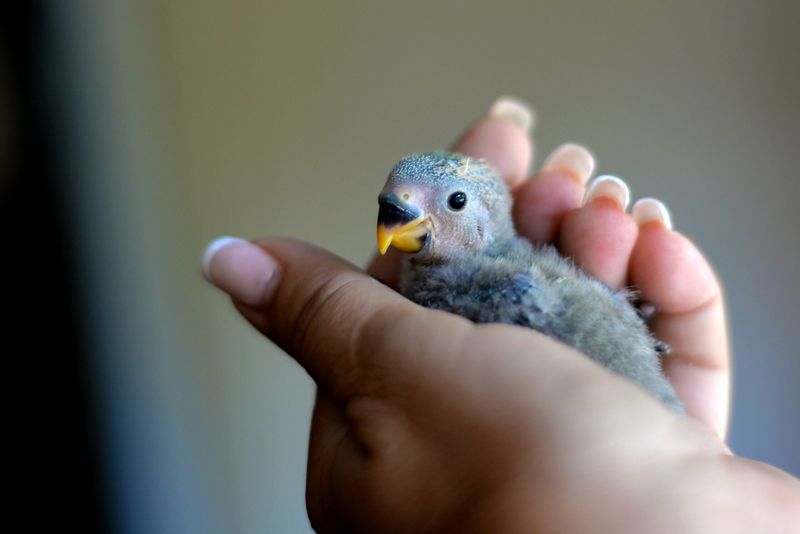
For young birds, chewing is a critical part of development. It helps them learn how to use their beaks effectively. This practice is essential for feeding and exploring as they grow.
Providing safe chew items can support their growth and development. Watching a fledgling learn and play is a delight, showcasing the wonder of growth.
12. Health Monitoring
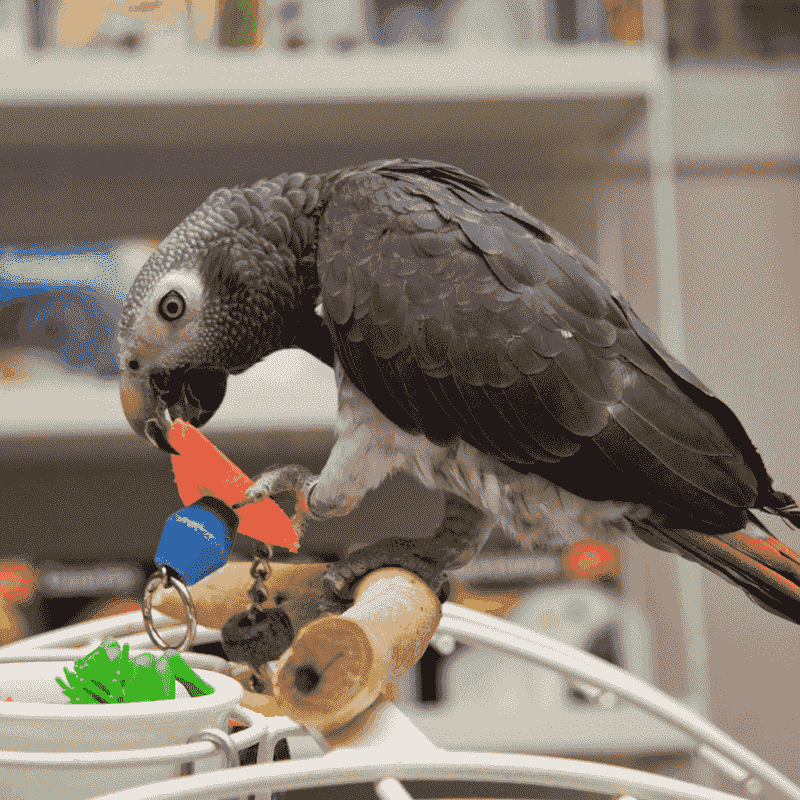
Chewing habits can provide insights into a bird’s health. Changes in chewing behavior might indicate underlying health issues.
Regular observation and providing appropriate chew toys can assist in monitoring their wellbeing. A keen eye can catch subtle signs early. Chewing isn’t just about fun; it’s a window into their health.

